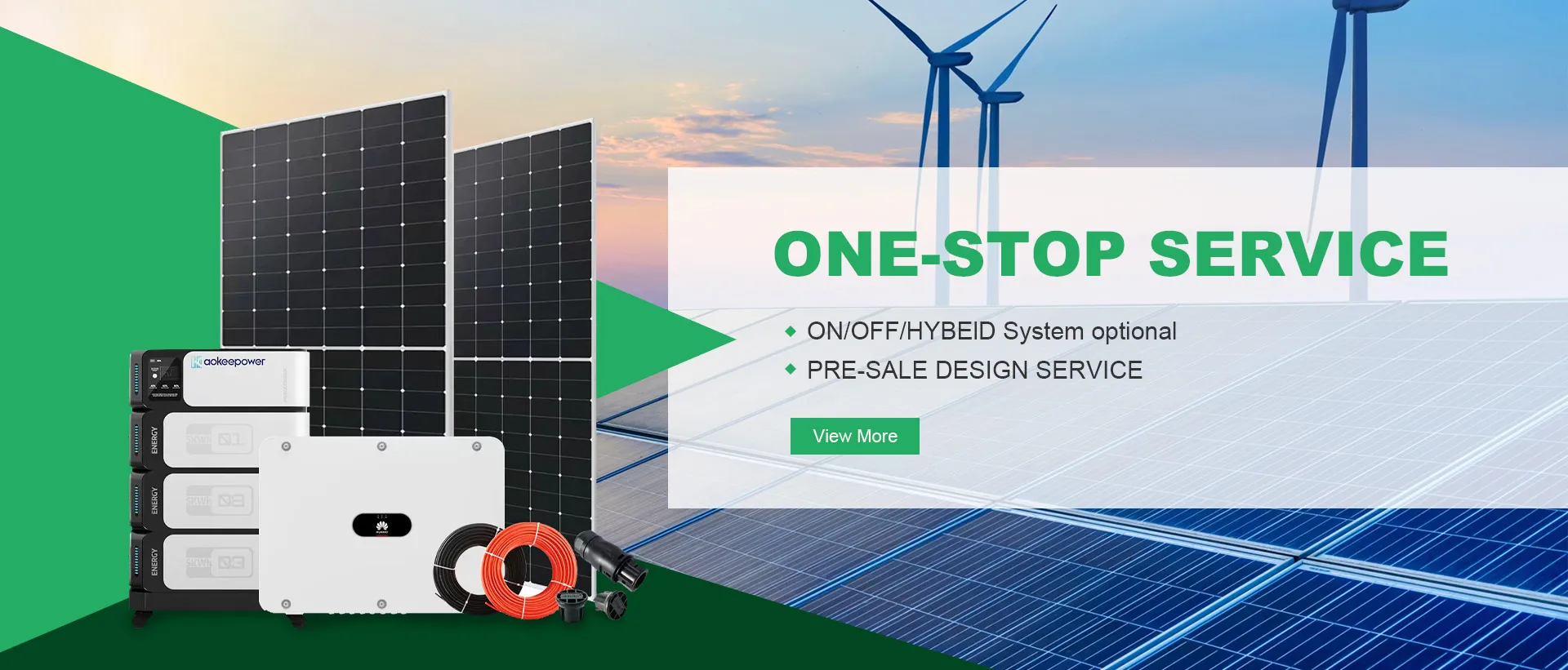Understanding the Monthly Expenses Associated with Solar Panel Installations and Maintenance
Monthly Cost of Solar Panels What You Need to Know
As the demand for renewable energy sources continues to rise, many homeowners are considering solar panels as a viable option for reducing energy costs and minimizing their carbon footprint. However, while the long-term benefits of solar energy are well-documented, potential buyers often have questions about the initial investment and ongoing monthly costs associated with solar panel installation. This article aims to provide a detailed overview of these costs, helping you make an informed decision.
Initial Investment
The first step in understanding the monthly cost of solar panels is recognizing the initial investment required for installation. The average cost of solar panels can range from $15,000 to $25,000 for a typical residential system, depending on several factors such as the size of the system, the quality of the panels, and local installation costs. It's essential to note that this upfront cost can vary significantly by location and available incentives.
Many states offer tax credits, rebates, and incentives to encourage solar energy adoption. For instance, the federal solar tax credit allows homeowners to deduct a percentage of the installation cost from their federal taxes. These incentives can significantly reduce the immediate financial burden, making solar panels more accessible to a broader range of households.
Financing Options
For many people, paying the entire cost upfront is not feasible. Fortunately, there are financing options available that can make solar energy more affordable. Homeowners can opt for solar loans, leases, or power purchase agreements (PPAs).
1. Solar Loans These loans allow homeowners to finance their solar installation. The monthly loan payments are often offset by the savings on their electricity bills, meaning that homeowners may not see a significant increase in their monthly expenses. 2. Solar Leases With a solar lease, homeowners pay a fixed monthly rate to lease solar equipment. While this option allows for no upfront costs, the homeowner does not own the system and may not receive the same tax benefits. 3. Power Purchase Agreements (PPAs) Similar to leases, PPAs provide homeowners with solar energy at a predetermined rate. However, homeowners only pay for the electricity produced, which can result in lower monthly costs compared to traditional utility rates.
monthly cost of solar panels

Monthly Costs Breakdown
Once the installation is complete, the monthly costs associated with solar panels typically fall into two categories loan or lease payments and maintenance costs.
- Loan or Lease Payments If you financed your solar panels, you would have monthly loan or lease payments. These payments can vary widely based on the total cost of the system, your down payment, and the terms of the loan or lease agreement. - Maintenance Costs Generally, solar panels require minimal maintenance, but it’s wise to factor in potential expenses for cleaning or repairs. Many manufacturers offer warranties that cover defects for 20 to 25 years, further protecting your investment.
Savings on Utility Bills
One of the most significant advantages of installing solar panels is the potential savings on monthly utility bills. According to the Energy Information Administration (EIA), the average American household spends about $120 per month on electricity. By generating your electricity through solar panels, you can greatly reduce or even eliminate this expense.
In many cases, solar panel systems can produce more energy than a household consumes. Homeowners can take advantage of net metering, which allows them to sell excess energy back to the grid. This not only offsets monthly costs but can even result in credits that can be applied to future utility bills.
Conclusion
The monthly costs of solar panels can vary widely based on initial investments, financing options, and utility savings. While the upfront investment may seem daunting, the long-term financial benefits coupled with environmental perks make solar energy an attractive option for many homeowners. By carefully considering your financing options and potential savings, you can confidently navigate the transition to solar energy, contributing to a more sustainable future while enjoying the financial advantages it offers.
-
String Solar Inverter: The High-Efficiency Solution for Smart Solar EnergyNewsJul.14,2025
-
Revolutionizing Rooftop Energy with the Power of the Micro Solar InverterNewsJul.14,2025
-
Power Independence with Smart Off Grid Solar Inverter SolutionsNewsJul.14,2025
-
On Grid Solar Inverter: Powering the Future with Smart Grid IntegrationNewsJul.14,2025
-
Monocrystalline Solar Panels: High-Efficiency Power for the Future of Clean EnergyNewsJul.14,2025
-
Bifacial Solar Panel: A Smarter Investment for Next-Generation Energy SystemsNewsJul.14,2025







